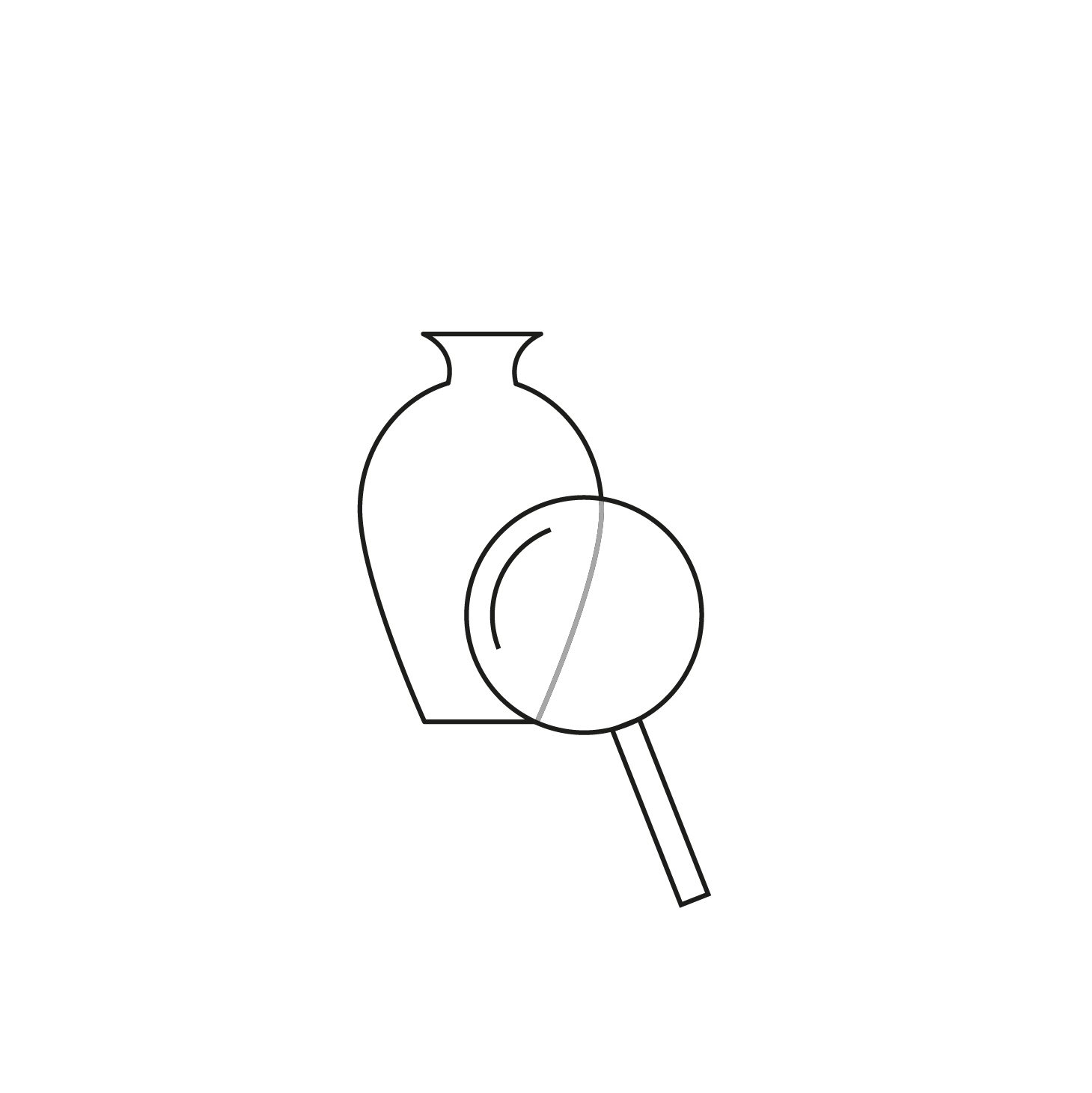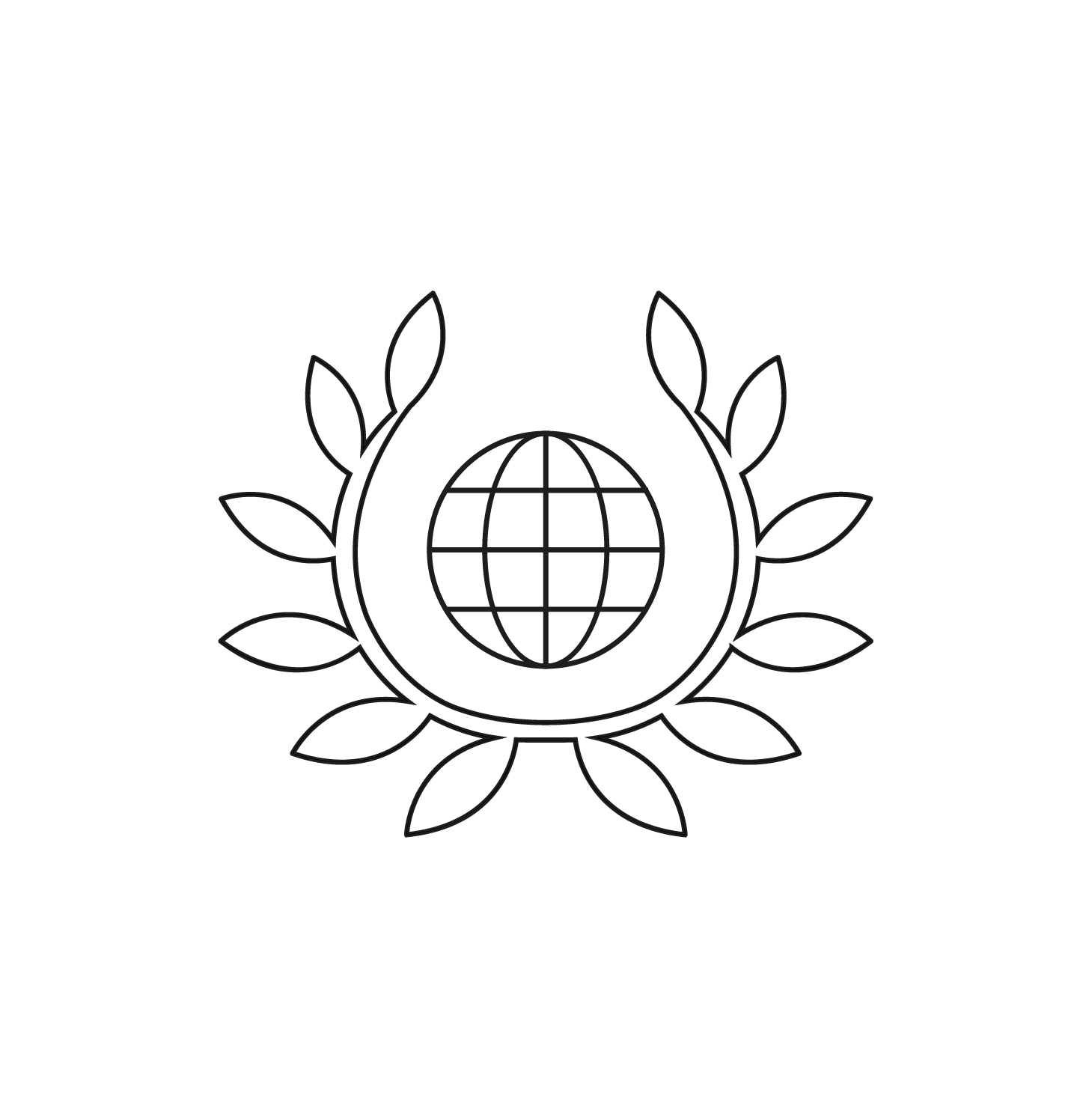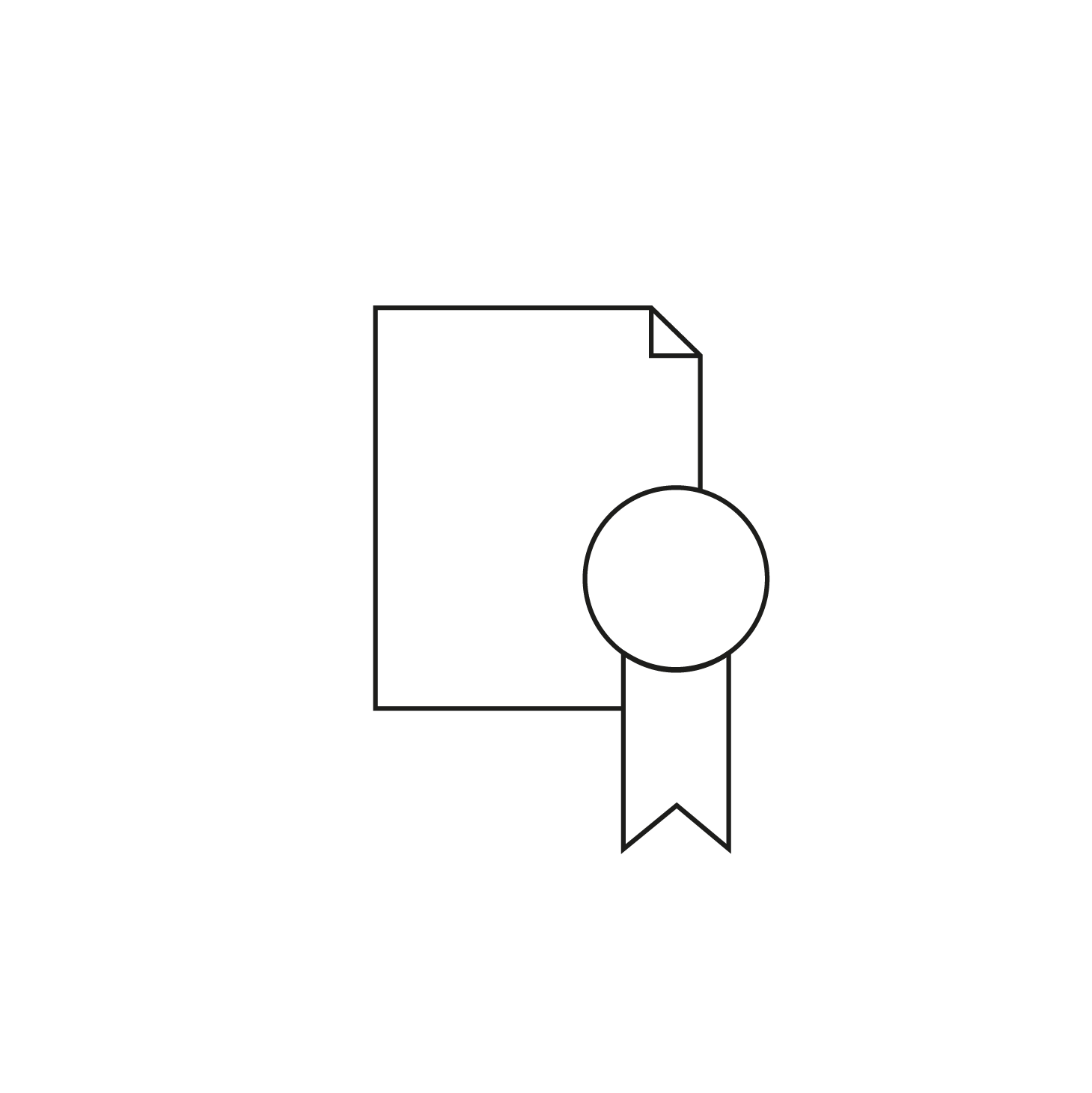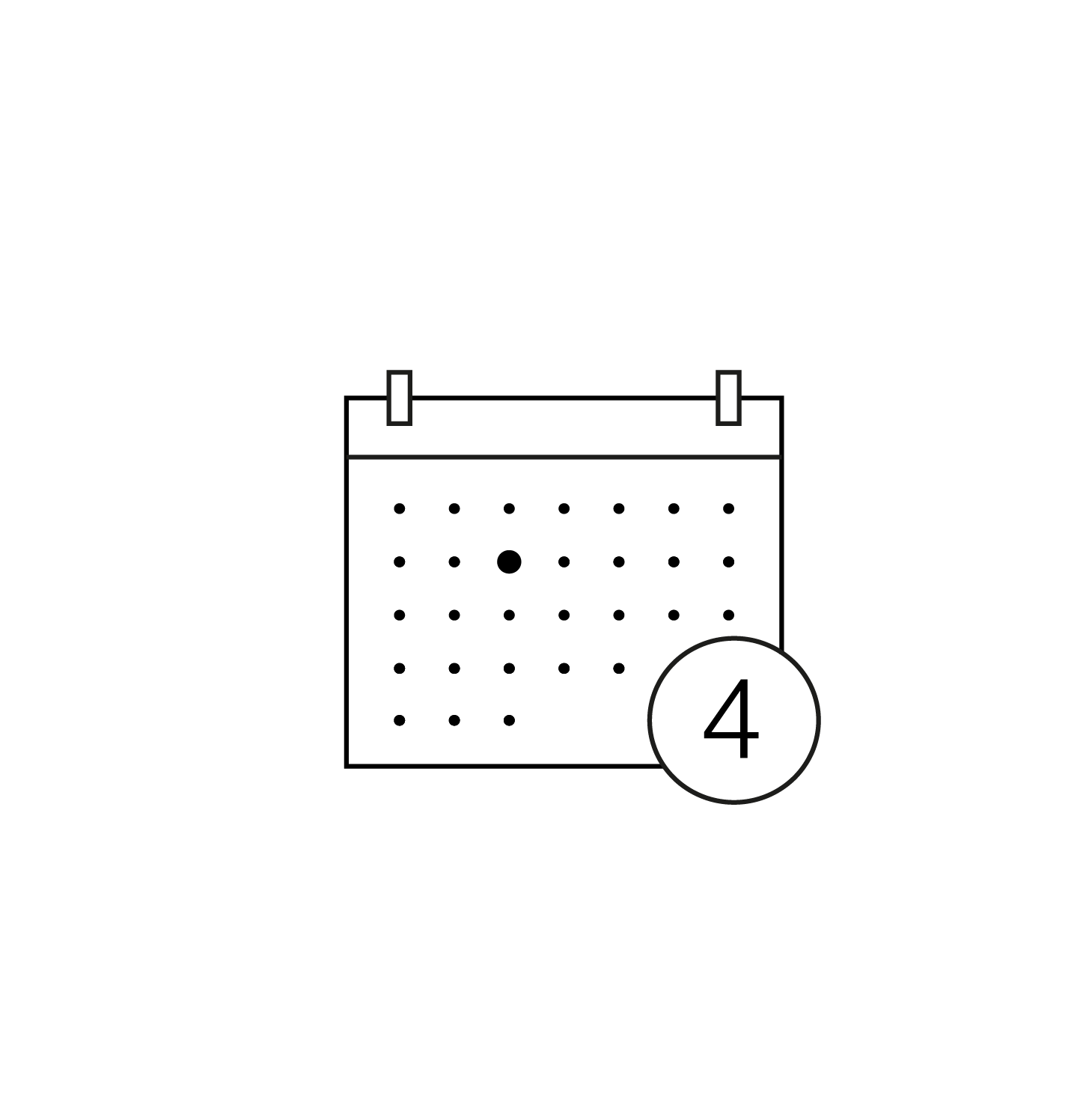Né à Recife en 1899 dans une famille d’artistes, Vicente de Rego Monteiro arrive en France en 1911. Guidé par sa sœur, également peintre, il fréquente les académies Julian et Colarossi ainsi que la Grande Chaumière à Paris. Artiste au talent précoce, il participe au Salon des Indépendants de 1913 parmi les membres de l’Ecole de Paris. Il est ainsi amené à en rencontrer ses plus brillants représentants, tels que Picasso, Léger, Modigliani, Metzinger, Braque ou encore Miró. Rentré au Brésil en raison de la Grande Guerre, il expose à São Paulo en 1918 et rencontre entre autres Di Cavalcanti. Il revient à Paris vers 1920 et se consacre pendant plus de dix ans à la peinture, constituant un corpus important d’œuvres modernistes, reconnues et appréciées de ses contemporains. Son exil européen ne l’empêche pas de continuer à exposer au Brésil, notamment en 1922, lors la Semaine de l’Art Moderne de São Paulo.
Son art se caractérise par un mélange de thèmes culturels indigènes d’Amérique du Sud avec une esthétique européenne moderniste. L’artiste reprend les codes du style Art Déco et cubiste qu’il retranscrit dans ses toiles, marquées par une sobriété de formes et une économie de couleurs. Il choisit en revanche des sujets populaires, reposant sur des valeurs fortement ancrées dans sa culture sud-américaine d’origine : le religieux, l’artisanat, la ruralité. Son travail laisse transparaître une influence certaine de Fernand Léger, notamment dans le traitement des figures, ainsi qu’une référence à ses recherches sur la céramique précolombienne marajoara.







